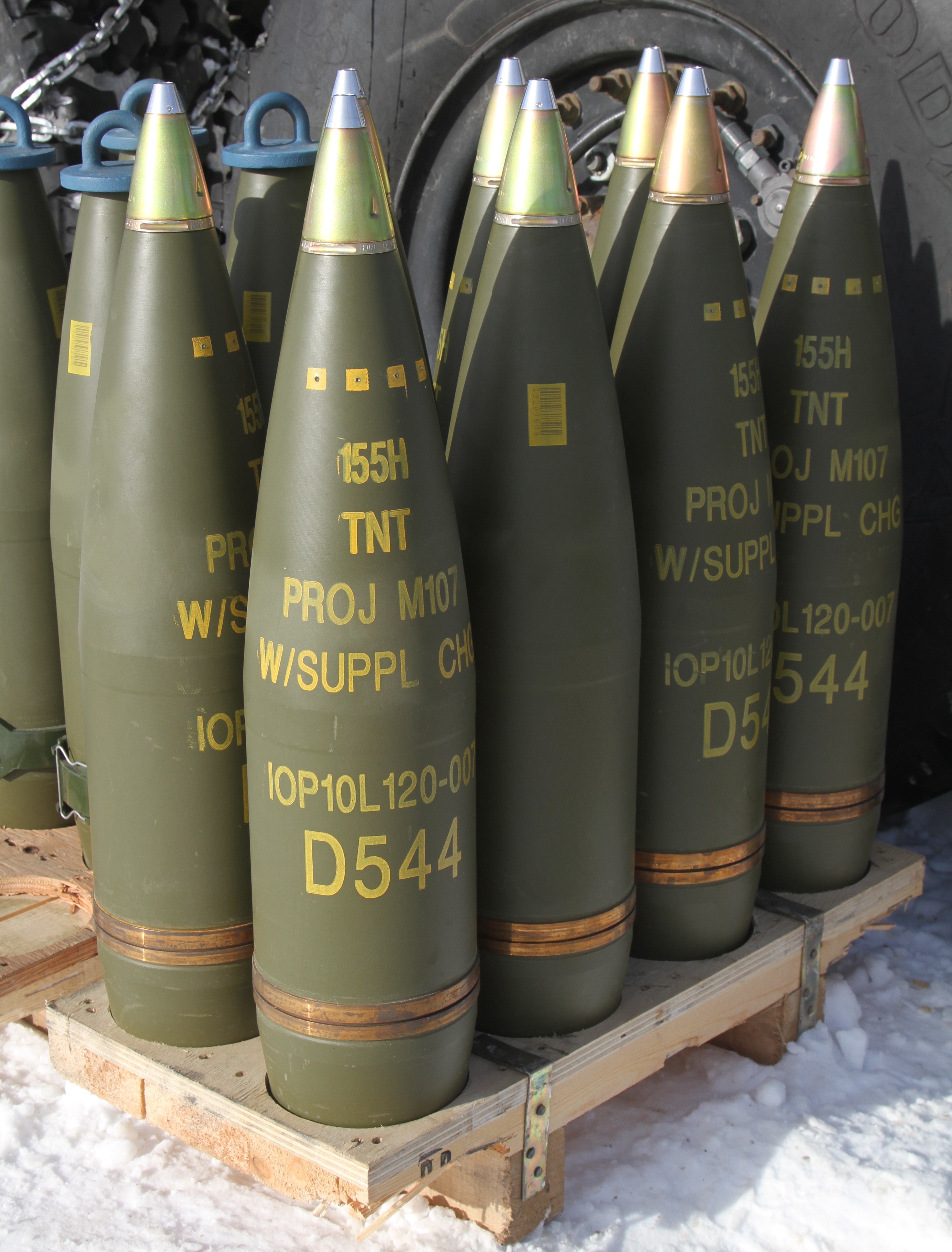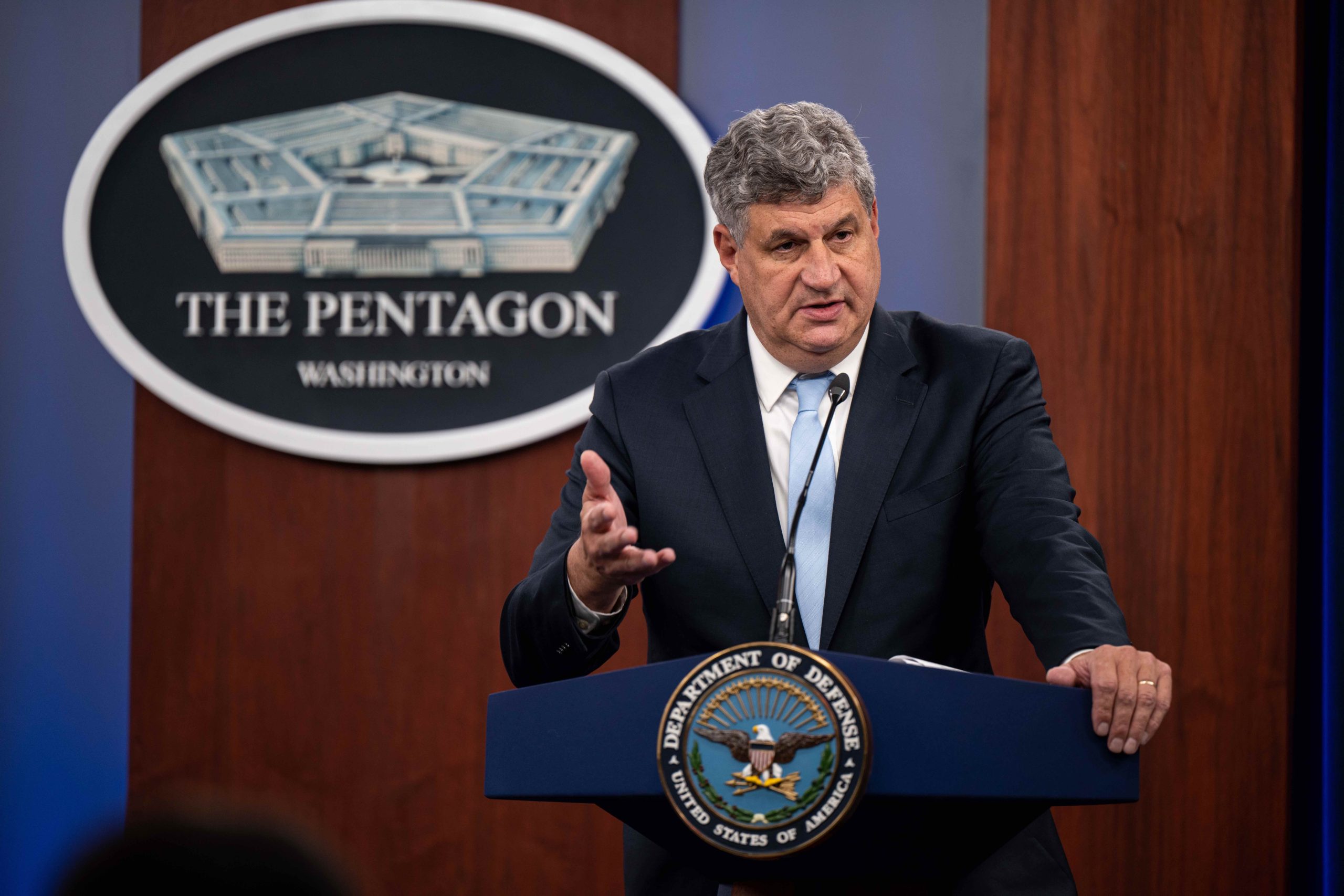
This post has been updated to correct the planned delivery of 155mm rounds to Ukraine.
The Pentagon’s chief weapon buyer warned of a chain of unseen events that can wreak havoc on the defense industrial supply chain if Congress doesn’t pass a budget by Oct. 1.
If Congress does not pass the budget by the beginning of Fiscal Year 2024, it is possible that the government will shut down. In 2013, a 13-day government shutdown closed the F-35 Lightning II Joint Strike Fighter production line because government civilians weren’t at work to sign off on aircraft components, William LaPlante, undersecretary for acquisition and sustainment, said last week.
“[It’s] bad in every which way you can imagine,” he said.
It will be very difficult for Defense Secretary Lloyd Austin to explain to the 67 nations planning to attend next month’s aid conference for Ukraine why the American government could close down while asking allies to step up support for Kyiv, LaPlante said. LaPlante is also set to meet with European Union officials in Brussels to solidify their support for Ukraine with signed contracts weapons, systems and ammunition when he can’t do likewise.
In looking at stopgap spending bills, called continuing resolutions, even “ramp-ups are affected” for production of already approved items such as 155 mm artillery shells because spending levels, unless exempted, are held to the previous fiscal year levels, LaPlante said. The same restrictions apply to new programs.
Speaking Friday at the Center for New American Security, he added that industry looks at a continuing resolution that might carry the government forward until March as “we might not get the money until May.” The result is the industrial base hesitates to proceed.
Congress has not passed the necessary appropriations bill to keep the government functioning through the next fiscal year, nor has it approved a continuing resolution to keep it open after Oct. 1. House Speaker Kevin McCarthy, (R-Calif.), pulled the defense spending bill from floor consideration this week. The bill usually receives wide, bipartisan support.
“You get the industrial base you resource,” LaPlante said, but judged it to be in “pretty good” shape now.
What’s been missing in the past has been a Joint Production Accelerator Cell inside the Pentagon using available data to come up with scenarios that can address “known surprises,” like the COVID-19 pandemic, in addressing spending plans. Such a cell’s input could have kept production lines of Stinger and Javelin missiles functioning to support the war in Ukraine.
“Javelin demand outstripped what was expected” after production stopped. The demand for the anti-armor missile came from Ukraine after the February 2022 Russian invasion, an event that would have fallen into his “known surprise” category.

LaPlante added some of the supply-chain issues” that showed up in the pandemic also could have been mitigated with long-lead purchasing for items like rocket motors.
LaPlante said with this new group in place, “I think we’ll probably end up in a good place” in budget planning.
“We’re doing it in line with the world situation,” he said.
As an example, he said the defense industrial base is on track to deliver 57,000 rounds 155 mm munitions per month by next spring and 100,000 rounds per month in 2025. He said “we have work to do” on production of Mk-48 torpedoes carried on all U.S. submarines.
The country is not running out of anything, he added.
On Ukraine specifically, he said with the introduction of M-1A Abrhams and Leopard main battle tanks, armored personnel carriers, including the U.S. Strykers and Bradleys, maintenance in the field differs from the American model. American forces would have a field service representative, usually from the manufacturer, but “we couldn’t do that” in Ukraine. Instead, the Ukrainians moved to tele-maintenance to keep these systems fighting.
In addition, the Ukrainians didn’t wait for permission to begin 3D printing of needed repair parts, he said. But with those intellectual property rights in hand, they received this month a “U-Haul truck-size” vehicle to begin “printing all their repair parts. It’s pretty cool what’s going on.”
LaPlante deflected criticism that Taiwan’s defense needs are being sacrificed to assist Ukraine. He said most of the $18-billion shortfall in delivering equipment to Taipei comes down to a closed F-16 production line at the General Dynamics plant in South Carolina. The company was waiting for the signed contract, which it now has. Much of the rest comes in undelivered Harpoon over-the-horizon anti-ship missiles, he added.
LaPlante said, “there is some overlap” in Ukraine’s and Taiwan’s needs, mentioning Patriot PAC-3 air defense systems. The “Indo-Pacific is all-domain,” not primarily Army- centric as in Europe. “It’s just a different game.”
Looking at long-lead funding for weapons programs and systems, he was optimistic about working with Congress to add more programs to the list for approval. He said its history has been good, starting with Virginia-class submarines where 10 were delivered for the price of nine.
Savings are “not the sole reason we’re doing this [requesting more programs’ coverage], we’re also doing for the other problem – supply chain and industrial base” to keep trained workers in place.
“It’s the job of the committees” [armed services and appropriations] to say, “’you better get savings out of it.’ I think we’ll probably end up in a good place,” LaPlante said.





